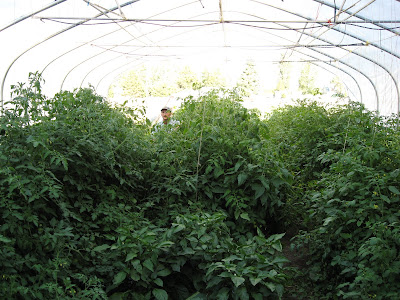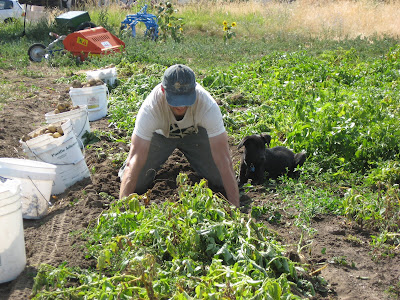As last years intern at Fields Farm, you may know Jeremy from the farm or Farmer’s Market. This year he is staying involved with Fields Farm by putting together the educational program that is bringing hundreds of school children to Fields Farm for fieldtrips.He was interviewed recently on the KPOV show Radio Airstream about the program and about his experience working at Fields Farm. KPOV graciously provided us with a copy for your listening convenience. JeremyFox.kpov.interview.mp3
Support KPOV!








